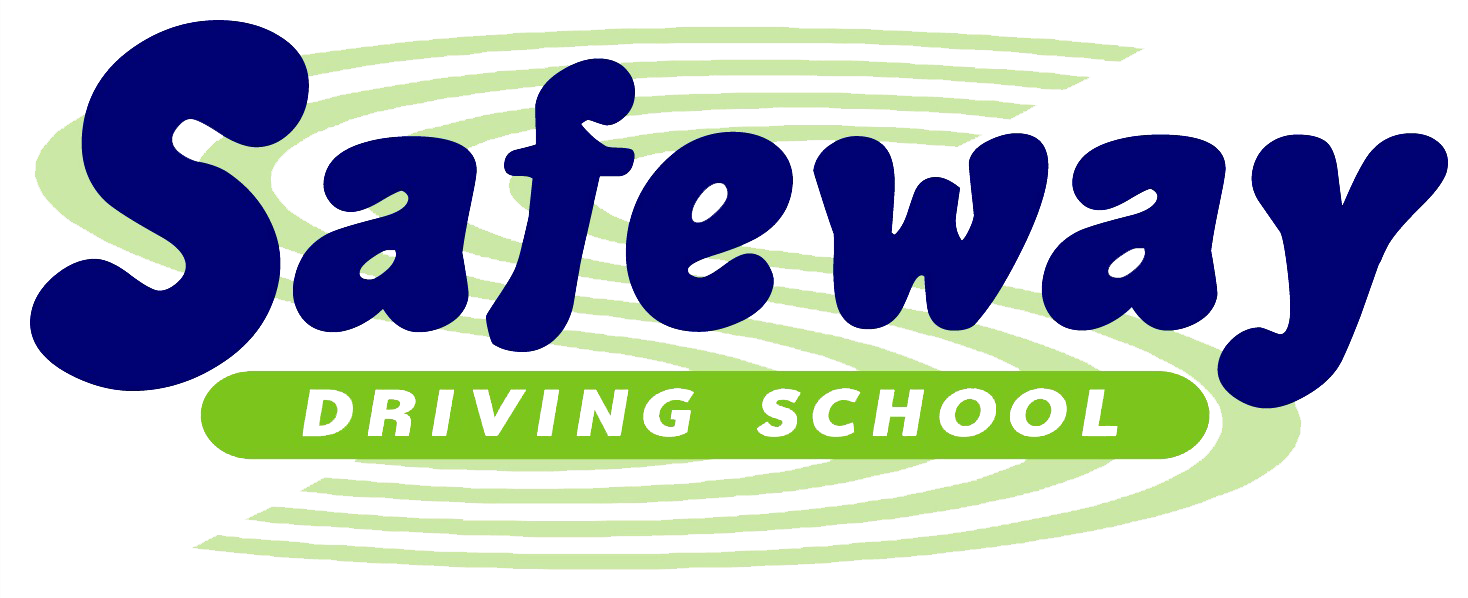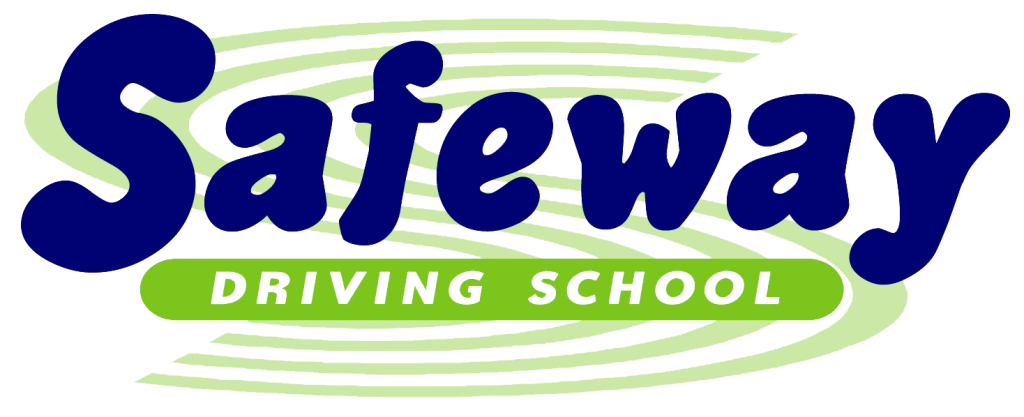Teen Driver’s Education FAQ
How do teens get a driver’s license in Minnesota?
Minnesota uses a Graduated Driver Licensing (GDL) system for teens under 18. The steps include:
- Complete 30 hours of classroom instruction with a licensed provider like Safeway Driving School.
- Get a Classroom Completion Certificate (E-Card) to take the knowledge test.
- Be at least 15 years old and pass the knowledge test (permit test) to receive an instruction permit.
- Practice 50 hours of recorded supervised driving with a parent or guardian (15 hours at night).
- Complete 6 hours of behind-the-wheel instruction with a licensed driving instructor.
- Get a Behind the Wheel Certificate of Completion (E-Card) to take the skills exam (road test).
- Hold your permit for at least 6 months, be at least 16 years old, and pass the skills exam to receive a provisional license.
How do I register for teen driver’s education at Safeway Driving School?
To begin, register for one of our teen driver’s education packages, which includes:
- 30 hours of asynchronous self-paced classroom instruction ONLY for students who plan to do their behind-the-wheel instruction with another company.
or
- 30 hours of classroom instruction and 6 hours of behind-the-wheel instruction.
You can choose classes in-person, distance learning via Zoom, or asynchronous self-paced depending on your availability.
When can teens start classroom instruction?
Students may begin classroom instruction at age 14, but they must be at least 15 to take the knowledge test and receive a permit license. Safeway Driving School recommends students start classroom instruction at 14.5 years old for better knowledge retention.
How do I schedule a classroom session?
Classroom sessions are selected at registration. You can browse upcoming options by format and location, then choose the class that fits your schedule.
When are new classroom sessions posted?
New classroom sessions are posted regularly throughout the year. We recommend registering early—especially for summer or school break sessions, which fill quickly.
You can view available class dates here:
What if I miss or need to reschedule a classroom session?
To receive a Classroom Completion Certificate (E-Card), students must complete all 30 hours of classroom instruction.
- For in-person or Distance Learning via Zoom:
- Make-up lessons must be made up in another scheduled class session.
- Register for individual missed lessons by logging into your student account
- For asynchronous self-paced:
- Classes are completed in order on your own flexible schedule.
- There is no concept of “missing” a day – just continue through the modules at your own pace.
What is included in the 30 hours of classroom instruction?
The classroom instruction covers important topics such as Minnesota traffic laws, safe driving habits, accident avoidance, and more.
Once completed, Safeway Driving School will issue a Classroom Completion Certificate (E-Card), which is required to take the knowledge test for a permit license.
What is a Classroom Completion Certificate (E-Card) and how do I get one?
The Classroom Completion Certificate (e-Card) confirms that a student has:
- Completed all 30 hours of classroom instruction
- Classroom portion fees paid
- Signed the service agreement
- Registered for behind-the-wheel (BTW) lessons with Safeway
Safeway will submit the certification to the state once all requirements are met. No physical copy or email is needed.
Important:
- Students must be registered for behind-the-wheel with Safeway to receive the E-Card. Students not registered with Safeway will receive a certificate to use with another behind-the-wheel provider.
- Students must have the E-Card submitted to the state before going to a DVS office to take their knowledge test.
How do we schedule and take the knowledge test (permit test)?
You can take the knowledge test in one of two ways:
At a Minnesota DVS Exam Station
Schedule your test through the Minnesota Driver and Vehicle Services (DVS) website. The test is taken in person at a state exam station and covers topics such as road signs, traffic laws, and safe driving practices.
View DVS testing locations and schedule a test
Once you pass, you’ll receive temporary instruction permit papers. Your permanent instruction permit will be mailed to you by DVS.
At a Safeway Driving School Location
If you are currently enrolled with Safeway Driving School you may be eligible to take the knowledge test at one of our classroom locations. The test content is the same as the test administered at a DVS exam station.
View Safeway Driving School testing locations and schedule a test here.
Once you pass, you’ll need to stop by a Minnesota DVS Exam Station to receive temporary instruction permit papers. Your permanent instruction permit will be mailed to you by DVS.
What is the optional Parent Class, and should we take it?
Safeway Driving School offers an optional 90-minute Parent Class. If a parent or guardian attends, the recorded supervised driving hours requirement is reduced to 40 hours instead of 50 hours.
Safeway Driving School offers this class regularly. While not mandatory, it helps families support safe driving habits at home.
You can view our parent class schedules and register for a parent class here.
What do we do after my teen gets their permit?
After receiving the permit:
- Register the permit number in Safeway Driving School’s student account portal to verify eligibility for behind-the-wheel lessons. Click here to access your student account portal.
- Begin recording supervised driving hours at home—you’ll need to complete at least 50 hours of practice driving, including 15 hours at night.
You can find resources for recording the supervised driving hours on a State approved driving log by clicking here.
When can teens start behind-the-wheel instruction?
Once your permit number is registered, Safeway will activate your student account for scheduling.
Behind-the-wheel lessons:
- Are taught in three 2-hour sessions (6 hours total)
- Must be spaced at least 30 days apart
- Are scheduled through your student account portal
When are new behind-the-wheel lessons released?
Behind-the-wheel lessons are released on a rolling schedule 6-8 weeks out. New lessons for the upcoming month are released between the 20th and the end of each month. For example, January lessons will be posted in late November. You can sign up for our Text Notification List to receive an alert as soon as the new month’s schedule is live.
Please note: You’ll need to re-enroll each month to receive the next month’s alert.
What if I miss or need to reschedule a behind-the-wheel lesson?
Lessons must be canceled or rescheduled at least 24 hours in advance to avoid a $75 cancellation fee.
Please note: Weekends and holidays do not count toward the 24-hour notice period.
What is a Behind-the-Wheel Certificate of Completion (E-Card) and when will we get it?
After the student completes all 6 hours of behind-the-wheel instruction, Safeway Driving School will issue a Behind the Wheel Certificate of Completion (E-Card). You will receive the Behind the Wheel Certificate of Completion (E-Card) via email from Safeway Driving School once all behind-the-wheel lessons have been completed.
Students must have received the Behind the Wheel Certificate of Completion (E-Card) before arriving to a DVS office to take their skills exam (road test).
How do we schedule and take the skills exam (road test)?
The skills exam (road test) is administered by the MN DVS exam stations and must be scheduled online.
Students must:
- Be at least 16 years old
- Have held their permit for 6+ months
- Be violation-free
- Have completed 50 hours of supervised driving (40 hours if Parent Class was taken)
- Present their instruction permit, driving log, valid vehicle insurance, social security number, parent class certificate (if applicable), parent or guardian signature, and exam fee.
What happens after my teen passes the skills exam?
After passing the skills exam, the student will receive a provisional license, valid until age 18. During this time, they must follow certain driving restrictions regarding nighttime driving, passenger limitations, and cell phone usage.

